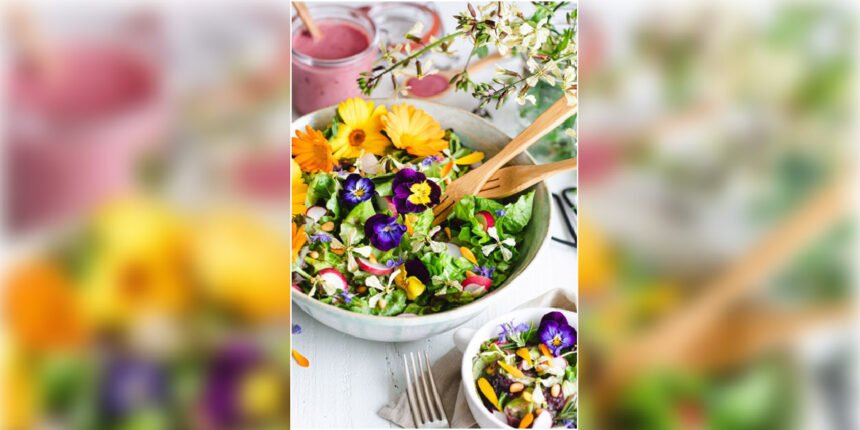In haute cuisine, where every detail matters, edible flowers have become more than a trend — they are a statement of elegance, artistry, and subtle flavor. From delicate petals scattered on foie gras to crystallized blossoms adorning desserts, flowers elevate plating into visual poetry. And while most of us may not have a Michelin star, we can still embrace floral beauty — or even send flowers to Canada to share inspiration with someone far away.
More Than Decoration: A Layer of Taste
For top-tier chefs, flowers are never just visual garnish. Each bloom is chosen for its precise flavor profile. Take nasturtiums, for instance — their peppery kick adds bite to rich seafood dishes. Borage brings a taste of cucumber, pairing beautifully with light starters and cocktails. Meanwhile, violas and pansies, with their subtle sweetness, are ideal for layering delicate notes on desserts or cold dishes.
Seasonal Sensibility
Just as chefs respect seasonality in vegetables and fruits, flowers are selected by bloom time. Spring welcomes cherry blossoms and lilac accents, while summer brings bold marigolds and zucchini flowers. Autumn might feature chrysanthemum petals in warm broths or pickled for contrast. Seasonality isn’t just sustainability — it brings harmony to the dish’s mood and texture.
The Symbolic Plate
Many chefs incorporate flowers with symbolic intention. In Japan, sakura (cherry blossoms) represent fleeting beauty and are used in seasonal menus. In French fine dining, rose petals often evoke romance and sensuality. These choices connect the diner not only to taste but to cultural meaning, making the experience more immersive.
Techniques & Trends
Modern floral cuisine isn’t only about placing petals on a plate. Chefs now infuse flowers into oils, syrups, vinegars, and even butters. Lavender oil, hibiscus syrup, or calendula-infused cream elevate the olfactory and gustatory elements. Dehydrated blooms are also used to add texture and a crunch element to traditionally soft dishes.
Final Bloom
In the hands of a Michelin-starred chef, flowers become more than garnish — they are flavor, fragrance, story, and symbolism. Whether used fresh, dried, or infused, edible flowers are redefining what it means to “taste beauty.” And for anyone inspired by this culinary art, it’s easier than ever to start experimenting at home — with a bloom and a spoon.
For More Information Visit Fourmagazine







